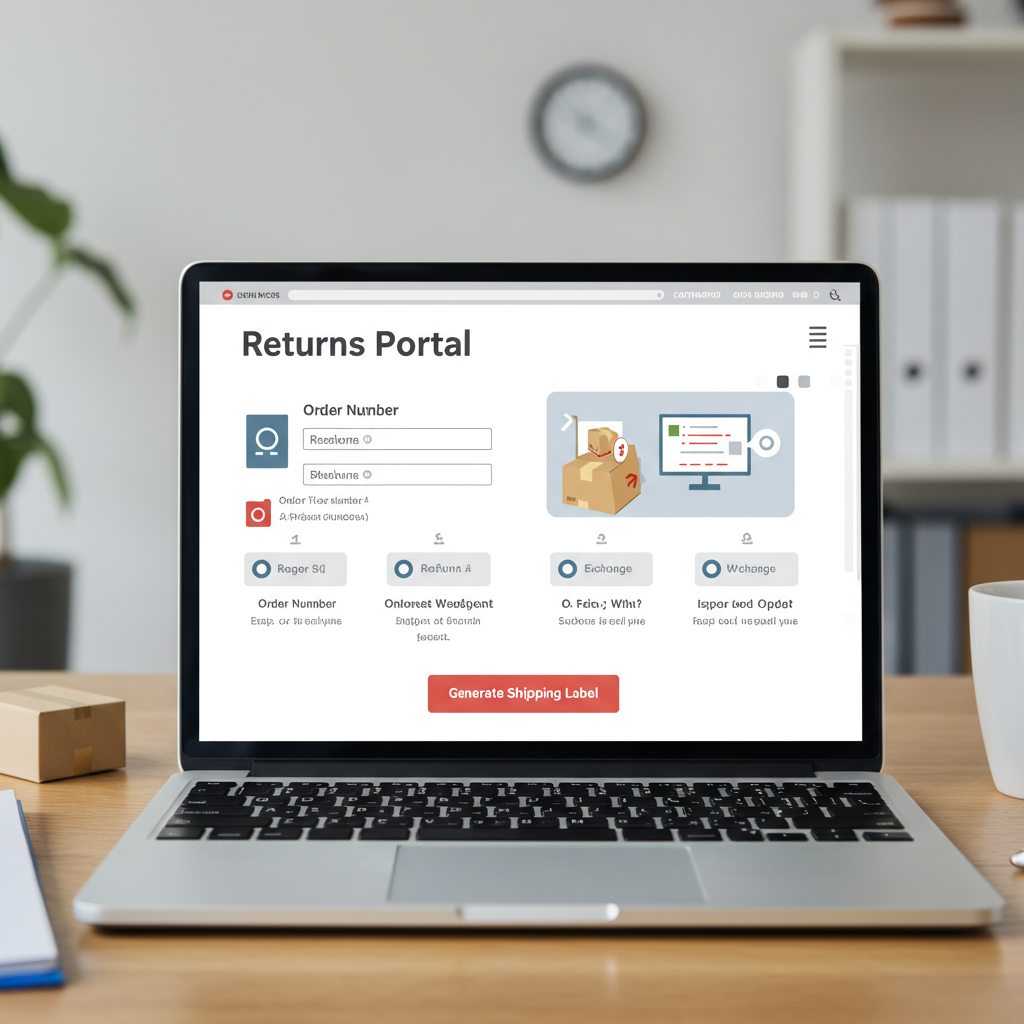Discover how a thoughtful returns policy and user experience can transform customer satisfaction and operational efficiency for your Shopify store.
As a Shopify merchant, I’ve learned that the customer journey doesn’t end at checkout. In fact, one of the most critical touchpoints, often overlooked, is the returns process.
It’s a moment fraught with potential frustration, but also a golden opportunity to solidify customer loyalty. I’ve seen firsthand how a clunky returns experience can sour an otherwise perfect purchase.
Returns are an inevitable part of e-commerce. No matter how perfect your products or how detailed your descriptions, some items will come back. It’s just a fact of doing business online.
My goal in this article is to share insights on how you can transform your Shopify store’s returns policy and process into a smooth, positive experience for your customers, reducing friction for everyone involved.
We’re talking about User Experience (UX) applied directly to returns. A good returns UX isn’t just about having a policy; it’s about how easily and pleasantly a customer can navigate that policy.
The first pillar of a frictionless returns UX is absolute transparency. Your customers should never have to hunt for your returns policy or guess at its terms.
I always recommend making your policy easily accessible from multiple points: your website footer, product pages, and even within order confirmation emails. Don’t hide it.
Beyond accessibility, the language of your policy is paramount. Ditch the legalese and write in clear, concise, and empathetic terms. Imagine explaining it to a friend.
Key details like the return window (e.g., 30 days), the condition of the item (e.g., unworn, original packaging), who pays for return shipping, and any potential restocking fees must be crystal clear.
Once a customer decides to return an item, the post-purchase process begins. This is where many merchants falter, creating unnecessary headaches for both parties.
The single most impactful improvement you can make here is implementing a self-service returns portal. This empowers customers to initiate and manage their returns independently.
From my experience, a well-designed self-service portal drastically reduces the volume of “where’s my return?” and “how do I return?” emails flooding your customer support inbox.
The portal should guide the customer through each step: selecting the item, choosing a return reason, and indicating whether they prefer a refund, exchange, or store credit.
Automation is your friend here. Ideally, the portal should automatically generate a pre-paid shipping label that the customer can print directly, eliminating manual label creation.
Providing clear instructions on how to package the item and where to drop it off (e.g., USPS, FedEx) further reduces friction. Don’t assume they know.
Once the return is in transit, proactive communication is vital. Automated email updates confirming receipt of the return, processing status, and finally, refund or exchange completion build immense trust.
For Shopify merchants, while the platform offers basic order management, dedicated returns apps can elevate your UX significantly. I’ve found them to be invaluable investments.
Apps like Loop Returns, Returnly, or AfterShip Returns integrate seamlessly with Shopify, providing robust self-service portals, automated workflows, and detailed analytics.
Beyond the process, consider the flexibility of your policy itself. While you need to protect your business, a rigid policy can deter future purchases.
Offering exchanges as a primary option, rather than just refunds, can be a win-win. Customers get the right product, and you retain the sale. Make it easy to swap sizes or colors.
Store credit is another excellent alternative to a full refund, especially for non-defective items. It keeps the revenue within your ecosystem and encourages another purchase.
Internally, ensure your team is well-versed in the returns policy and process. A knowledgeable and empathetic support team can turn a potentially negative interaction into a positive brand experience.
Don’t forget the power of data. Track return reasons diligently. Are certain products returned more often? Is there a common sizing issue? This feedback is gold for product development and quality control.
Ultimately, a smooth returns experience isn’t just about damage control; it’s about building long-term customer loyalty. It shows you stand behind your products and value your customers even when things don’t go perfectly.
I truly believe that a well-executed returns UX can transform a potentially negative situation into an opportunity to reinforce your brand’s commitment to customer satisfaction.
It’s an investment, yes, in time and potentially in a dedicated app, but the dividends in reduced support tickets, increased customer retention, and positive word-of-mouth are substantial.
What are your thoughts on optimizing the returns experience for Shopify stores? Have you found particular strategies or tools that have made a significant difference for your business?
Take some time to review your current Shopify returns process from your customer’s perspective. Is it as clear, simple, and empathetic as it could be?
By focusing on transparency, automation, and customer empowerment, you can turn a necessary evil into a powerful tool for building trust and fostering lasting relationships with your customers.






